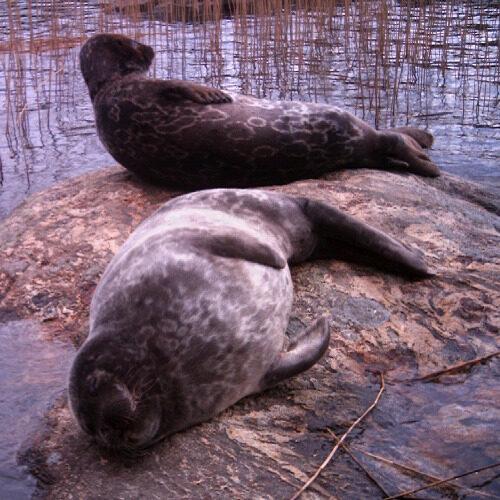
Saimaa ringed seal research
Leaders
The Saimaa ringed seal research project at the University of Eastern Finland (UEF) provides the scientific basis for the conservation of the Saimaa ringed seal population. The research group investigates ringed seal biology, estimate different risk factors, and develops new methods for conservation and monitoring. Research results have direct applications in conservation of the Saimaa ringed seal. By-catch mortality, changing environment (especially climate change), viability of the population, and development of new methods are key elements in different research projects. Current research issues include behavioral ecology, genetics and population modeling. In addition, the Saimaa ringed seal research maintains the Saimaa ringed seal tissue bank for current and future research and educational needs.
Projects
-
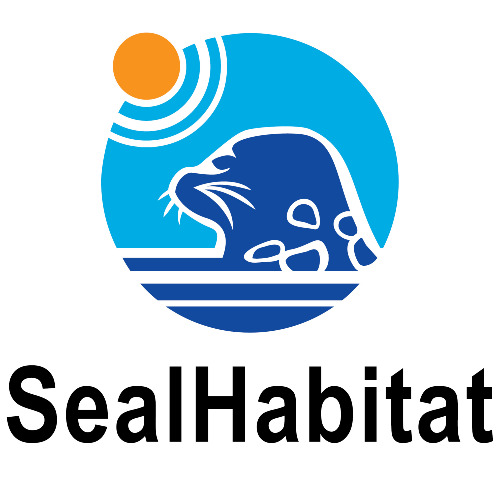 Understanding ecology of ringed seals to enhance sustainable management in a changing environment (SealHabitat) 01.08.2025 - 31.07.2028
Understanding ecology of ringed seals to enhance sustainable management in a changing environment (SealHabitat) 01.08.2025 - 31.07.2028 -
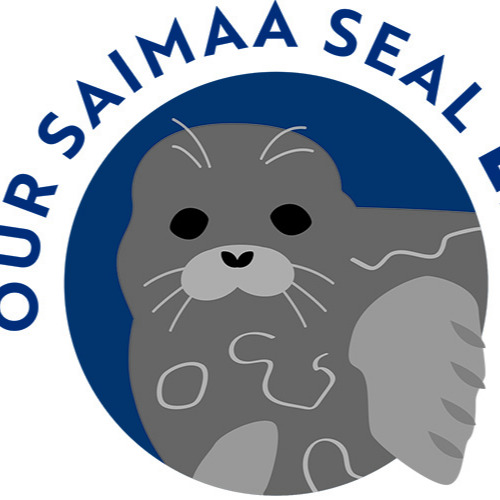 Working together to save the Saimaa Ringed Seal in changing environment 01.09.2020 - 31.12.2025
Working together to save the Saimaa Ringed Seal in changing environment 01.09.2020 - 31.12.2025 -
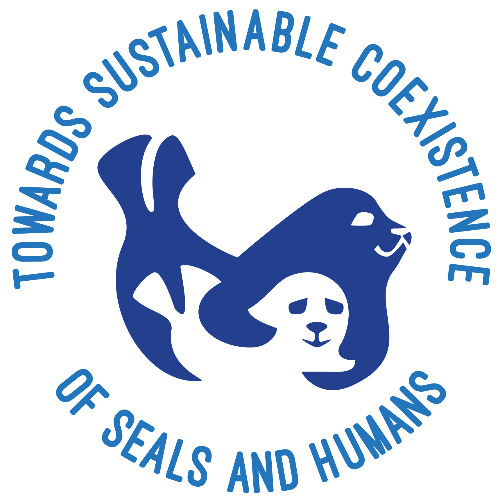 Towards sustainable coexistence of seals and humans (CoExist) Finished 01.04.2019 - 31.03.2022
Towards sustainable coexistence of seals and humans (CoExist) Finished 01.04.2019 - 31.03.2022 -
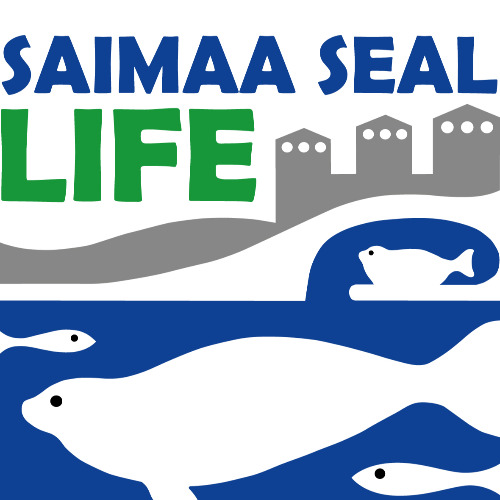 Safeguarding the Saimaa Ringed Seal Finished 01.08.2013 - 31.12.2018
Safeguarding the Saimaa Ringed Seal Finished 01.08.2013 - 31.12.2018
Cooperation
-
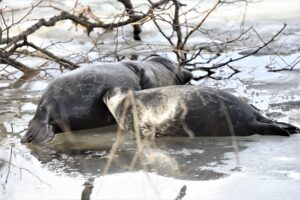
Picture: Mervi Kunnasranta UEF is the only university that carries out field research on the ecology of the Saimaa ringed seal. In recent years, our research has focused especially on the survival of young age classes, because pup mortality is currently worryingly high. Furthermore, special focus is on dispersal of pups during their first critical year. Additionally, impacts of weather, human caused disturbance, and predation on the seal population are studied. The methods used include GPS/GSM- and VHF-telemetry, and remotely operated cameras. These technologies enable detailed monitoring of individuals for several months (telemetry) or even through an individual’s whole life (individual recognition based on photo-ID). Results from individual monitoring can be utilized also in population modeling, which enables risk assessment at the population level.
Current monitoring and conservation methods of the Saimaa ringed seal have mostly been developed at the University of Joensuu. UEF has continued this work. Development of methods for monitoring has been focused especially on estimation of juvenile mortality and improvement of pup survival in the changing climate. UEF has created and tested ‘man-made snowdrift’ method for artificially improving the lair conditions during breeding season. This method was successfully used at large scale as conservation action during the mild winter 2014.
-
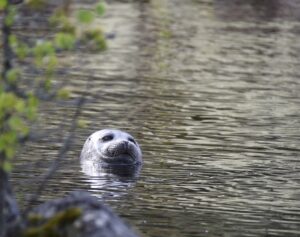
Picture: Marja Niemi The genetic diversity of the Saimaa ringed seal is very low, and the population is divided into several small subpopulations. These factors can make the Saimaa ringed seal population vulnerable to environmental changes. Part of the UEF research in Saimaa ringed seal genetics is to investigate the role and maintenance of genetic diversity in isolated and endangered host–parasite systems. The aim is to elucidate whether the extremely low genetic variability of the Saimaa ringed seal is reflected in the species composition and genetic diversity of associated parasites. In addition, the genetic diversity in Major Histocompatibility Complex (MHC) genes will be compared between Saimaa ringed seals and ringed seals from Baltic Sea and Lake Ladoga. The research will help us to understand the long-term changes in genetic diversity in isolated host-parasite –systems and the importance of parasites in maintaining the diversity in immune system genes. It will also be easier to estimate the role of parasites in survival of endangered Saimaa ringed seal.
UEF participates in the Saimaa ringed seal genome project lead by the University of Helsinki. The genome project aims to sequence and publish the full genome of the Saimaa ringed seal. The resultant information can be used to enhance conservation of the critically endangered population.
-
In the 1960s, extremely high mercury concentrations were measured from the tissues of Saimaa ringed seals. The high mercury concentrations are suspected to be contributing cause to the rapid decline of the Saimaa ringed seal population. Even though the industrial emissions of mercury have declined drastically during the last decades, silvicultural treatments, atmospheric transport and floods can release heavy metals from current and the old historical deposits from soils near the Lake Saimaa and from far away areas. In addition to heavy metal contamination, other atmospherically transported chemicals form a threat to the Saimaa ringed seal. These include, but are not limited to, for example polyfluorinated compounds (PFS – used in the manufacture of Teflon) and polybrominated compounds (PBDE – which are used as flame retardants). Ecotoxicological research in our group is aimed to determine the present concentrations of the environmental contaminants in Saimaa ringed seals, and to assess the effects of the chemical load on the well-being of the Saimaa ringed seal.
-
UEF collects Saimaa ringed seal photo-ID catalogue. If you wish to send your photos for research purposes and get information about the seal photographed, please send them to:
Please provide the following information: name of the photographer, date and location for the photos. Photo quality does not matter as long as fur pattern can be distinguished. Photos will not be published without permission and all rights are reserved to the photographer.
-
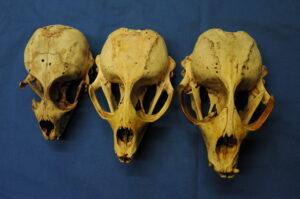
Picture: Mervi Kunnasranta Saimaa ringed seal tissue bank is maintained by Department of Environmental and Biological Sciences, University of Eastern Finland. Tissue samples collected from Saimaa ringed seals found dead are deposited for current and future research and educational needs. The earliest samples are from the 1970s. Currently, the tissue bank database contains samples (muscle, blubber, liver, kidney, baculum, skin, skull and/or hair) of over 600 Saimaa ringed seals. In addition, skulls of Saimaa ringed seals are conserved by UEF.
Keywords
Leaders
Post-doctoral Researchers
-
Milaja Nykänen
Postdoctoral ResearcherDepartment of Environmental and Biological Sciences, Faculty of Science, Forestry and Technology -
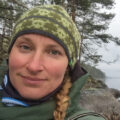
Marja Niemi
Research ManagerDepartment of Environmental and Biological Sciences, Faculty of Science, Forestry and Technology
Doctoral Researchers
-

Jesse J. Simola
Doctoral ResearcherDepartment of Environmental and Biological Sciences, Faculty of Science, Forestry and Technology -
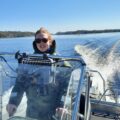
Mairi Netta Young
Doctoral ResearcherDepartment of Environmental and Biological Sciences, Faculty of Science, Forestry and Technology
Supporting Staff
Other group members
Publications
62 items-
Aquatic vocalization activity indicates the timing of the mating season of Saimaa ringed seals
Young, Mairi; Nykänen, Milaja; Niemi, Marja; Kurkilahti, Mika; Kunnasranta, Mervi, 2025, Marine mammal science, 41, 3, e13225. A1 Journal article (refereed), original research -
Deep origins, distinct adaptations, and species-level status indicated for a glacial relict seal
Löytynoja, Ari; Pohjoismäki, Jaakko; Valtonen, Mia; Laakkonen, Juha; Morita, Wataru; Kunnasranta, Mervi; Väinölä, Risto; Olsen, Morten Tange; Auvinen, Petri; Jernvall, Jukka, 2025, Proceedings of the National Academy of Sciences of the United States of America, 122, 25, e2503368122. A1 Journal article (refereed), original research -
Integrated population model reveals human- and environment-driven changes in Baltic ringed seal Pusa hispida botnica demography and behavior
Ersalman, Murat; Kunnasranta, Mervi; Ahola, Markus; Carlsson, Anja M; Persson, Sara; Bäcklin, Britt Marie; Helle, Inari; Cervin, Linnea; Vanhatalo, Jarno, 2025, Marine ecology: progress series, 764, 213-236. A1 Journal article (refereed), original research -
Linking ringed seal foraging behaviour to environmental variability
Nykänen, Milaja; Niemi, Marja; Biard, Vincent; Carter, Matt ID; Pirotta, Enrico; Kunnasranta, Mervi, 2025, Movement ecology, 13, 1, 31. A1 Journal article (refereed), original research -
Multiannual co-occurrences between Saimaa ringed seal individuals suggest social associations during the moulting season
Biard, Vincent; Mutka, Piia; Young, Mairi; Niemi, Marja; Nyman, Tommi; Nykänen, Milaja; Kunnasranta, Mervi, 2025, Animal behaviour, 277, 123273. A1 Journal article (refereed), original research -
Effects of fishing restrictions on the recovery of the endangered Saimaa ringed seal (Pusa hispida saimensis) population
Jounela, Pekka; Auttila, Miina; Alakoski, Riikka; Niemi, Marja; Kunnasranta, Mervi, 2024, PLoS ONE, 19, 12, e0311255. A1 Journal article (refereed), original research -
Mercury exposure in ringed seals (Pusa hispida saimensis) in Lake Saimaa, Finland, and the placenta as a possible non-invasive biomonitoring tool
Simola, Jesse; Kunnasranta, Mervi; Niemi, Marja; Biard, Vincent; Akkanen, Jarkko, 2024, Environmental science and pollution research, 31, 47, 57720-57732. A1 Journal article (refereed), original research -
Population genomics of seal lice provides insights into the postglacial history of northern European seals
Sromek, Ludmila; Johnson, Kevin P; Kunnasranta, Mervi; Ylinen, Eeva; Virrueta Herrera, Stephany; Andrievskaya, Elena; Alexeev, Vyacheslav; Rusinek, Olga; Rosing‐Asvid, Aqqalu; Nyman, Tommi, 2024, Molecular ecology, 33, 20, e17523. A1 Journal article (refereed), original research -
Genomic evidence uncovers inbreeding and supports translocations in rescuing the genetic diversity of a landlocked seal population
Sundell, Tarja; Kammonen, Juhana, I; Mustanoja, Ella; Biard, Vincent; Kunnasranta, Mervi; Niemi, Marja; Nykanen, Milaja; Nyman, Tommi; Palo, Jukka U; Valtonen, Mia; Paulin, Lars; Jernvall, Jukka; Auvinen, Petri, 2023, Conservation genetics, 24, 2, 155-165. A1 Journal article (refereed), original research -
Loss of species and genetic diversity during colonization: Insights from acanthocephalan parasites in northern European seals
Sromek, Ludmila; Ylinen, Eeva; Kunnasranta, Mervi; Maduna, Simo N; Sinisalo, Tuula; Michell, Craig T; Kovacs, Kit M; Lydersen, Christian; Ieshko, Evgeny; Andrievskaya, Elena; Alexeev, Vyacheslav; Leidenberger, Sonja; Hagen, Snorre B; Nyman, Tommi, 2023, Ecology and evolution, 13, 10, e10608. A1 Journal article (refereed), original research
